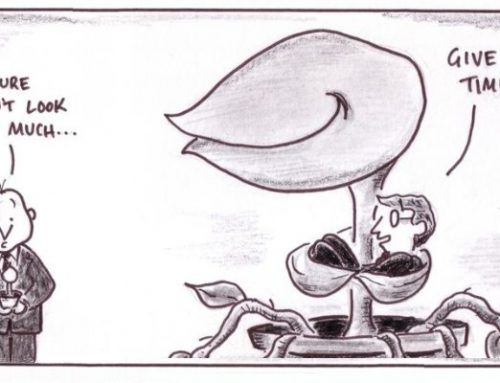TRACKING YOUR EFFORTS
All your preparation and efforts shouldn’t go to waste. Without data and records, we don’t know where we stand, and where best to direct our efforts. We need to set realistic expectations; the formula we usually ascribe to is it takes about two months of searching for every decade of working life to find the right job. This is a crude average and differs significantly across job-type, industry, and person, as well as many other variables. One input that will positively affect every timeline the most is adherence to a smart process.
In this post, we’re going to explore the metrics which hold value and how to go about maximising your success from monitoring them.
Numbers don’t lie. If you’re success-metrics are good, so will be the outcome. If they are trending in the right direction, then it’s only patience and intelligent persistence that are required. Hence, focus on improving these numbers, and the result you seek will come.
When we wish to get better at anything, it serves to break-down our efforts into their constituent parts, examine each, understand where we can improve, and apply ourselves to such. In this case, the elements are knowing what data to track, a useful recording mechanism, and that to do with the data throughout the process.
Firstly, the data we wish to record are the variables for each of our intended interests and eventual applications; the company, primary and secondary contacts, links to their information, the search status of each potential opportunity, etcetera. We’ve provided again a ‘Lite Version’ of one of our support documents. This simple spreadsheet that will enable you to record and maintain a crude but actionable dashboard for your search metrics. It’s worked successfully literally hundreds of times.
The key throughout the process is to record the changes you will undoubtedly make – the small adjustments to your CV or resume, a cover letter, they key points you convey in an initial phone-screening conversation, etc. In marketing parlance, this is known as ‘A/B Testing’ and refers to what’s tantamount to a scientific experiment; use one group as a control, and one group to understand the changes in variables, with a large enough sample size to infer something more than mere chance.
Our advice is to always start with the course and get finer as you go. For instance, you may try using the same CV or resume, but trying (just) a different opening paragraph. Or use more white space. Or A different font. Or different headings. Or colours. You get the idea. The secret is to not change everything at once because then no single cause can readily be identified as the variable that affected the outcome. Keep it slow, and keep it methodical. If you approach this systematically then you will grow to know what bits perform best, you can then incorporate those, and continue your iterative refinement towards the outcome you seek.

Leave A Comment